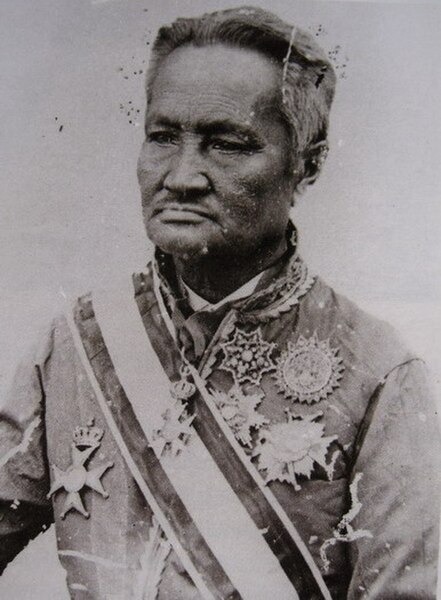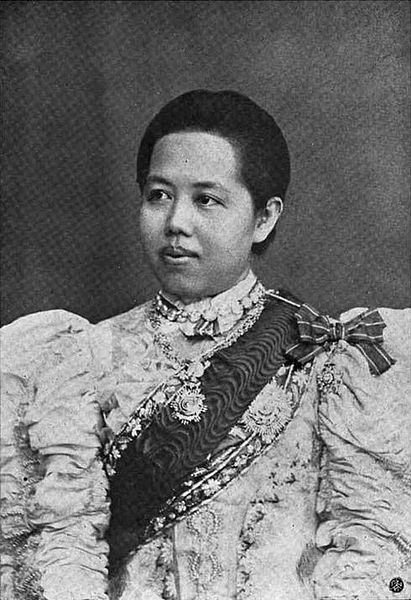In Thailand, the regent is a person who exercises the official functions of a monarch of Thailand when the monarch is incapable of functioning or during a period of interregnum.
Queen Sirikit took an oath of office amongst the House of Representatives convened at the Ananta Samakhom Throne Hall on 20 September 1956 when she was appointed regent by her husband, King Bhumibol Adulyadej.
Image: Prayurawongse
Image: Sri Suriyawongse
Image: Queen Saovabha Phongsri
The Constitution of the Kingdom of Thailand provides the basis for the rule of law in Thailand. Since the abolition of the absolute monarchy in 1932, Thailand has had 20 charters or constitutions, an average of one roughly every four years. Many changes followed military coups, reflecting the high degree of political instability in the country. After each successful coup, military regimes abrogated the existing constitution, generally without public consultation.
Preamble of the Constitution
The original copy of the 1932 constitution of Siam, the first constitution of Thailand, displayed at the Thai Parliament Museum, Bangkok. Each constitution was made in three copies handwritten on traditional folding books, kept at the Parliament Secretariat, the Cabinet Secretariat, and the King's Secretariat, respectively.
The initial pages of the 1952 constitution of Thailand, to which King Bhumibol Adulyadej affixed his signature and his regnal seal, accompanied by the three seals of the realm on the above.
King Prajadhipok (Rama VII) signs The "Permanent" Constitution of the Kingdom of Siam on 10 December 1932








